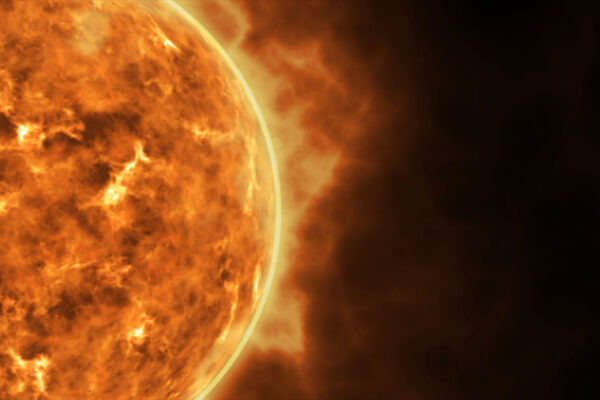Earth’s orbit creates more than a leap year
The Earth’s orbital behaviors are responsible for more than just presenting us with a leap year every four years. According to Michael E. Wysession, Ph.D., associate professor of earth and planetary sciences in Arts & Sciences, parameters such as planetary gravitational attractions, the Earth’s elliptical orbit around the sun and the degree of tilt of our planet’s axis with respect to its path around the sun, have implications for climate change and the advent of ice ages.
Earth’s orbit creates more than a leap year
Image courtesy of NASAThe Earth’s orbital behaviors are responsible for more than just presenting us with a leap year every four years. According to Michael E. Wysession, Ph.D., associate professor of earth and planetary sciences in Arts & Sciences at Washington University in St. Louis, parameters such as planetary gravitational attractions, the Earth’s elliptical orbit around the sun and the degree of tilt of our planet’s axis with respect to its path around the sun, have implications for climate change and the advent of ice ages.
Washington University physicists analyze solar wind samples from Genesis mission
How did our Solar System evolve? WUSTL physicists and a large team of colleagues marked the beginnings of that odyssey by examining samples of solar wind for neon and argon, two abundant noble gases. The work was published in the Oct. 19, 2007, issue of Science.
Washington University scientists analyze solar wind samples from Genesis mission
As reservoirs of valuable information go, nothing beats the sun. This sphere of heat and energy holds 99.9 percent of the solar system, saved in all original proportions after planets and meteorites formed. Analyzing the mix of hydrogen, oxygen and noble gases found in the sun can answer one of the biggest questions of the universe: How did our solar system evolve? Scientists at Washington University in St. Louis and a large team of colleagues marked the beginnings of that odyssey by examining samples of solar wind for neon and argon, two abundant noble gases. The work was published in the Oct. 19, 2007, issue of Science.

